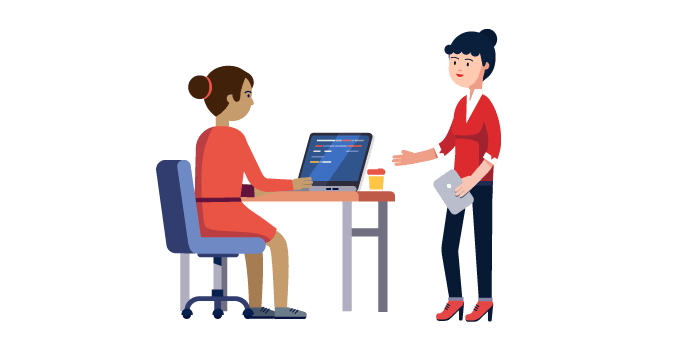CVAA - Communications and Video Accessibility Act
If your organization delivers web-based videos originally captions on TV, or manufactures or produces Advanced Communications Services (ACS), Devices, Equipment, Connectors & Mobile Browsers for the general public, CVAA is for you.
What is the CVAA?
CVAA or the Twenty-First Century Communications and Video Accessibility Act was enacted on October 8, 2010 to ensure that persons with disabilities have access to the innovative communications technologies of the 21st Century. The CVAA mandates accessibility of public-facing communications that are regulated by the Federal Communications Commission (FCC).
Specifically, the CVAA covers four broad communications categories:
- Television and IP-delivered Video Programming
- Telecommunications Relay Services (TRS) & Emergency Communications
- Devices, Equipment, Connectors & Mobile Browsers
- Advanced Communications Services (ACS).

What Does the CVAA mean for website owners?
If your organization delivers Web-based videos originally captioned on TV or if it manufactures or provides Advanced Communication Services (ACS) for the general public, you need an immediate action plan for each of the following content types:
- IP-delivered video content originally captioned on TV
- Interconnected and non-interconnected voice over Internet protocol (VoIP) services
- Electronic messaging services, including
- text messaging
- instant messaging/chat
- Interoperable video conferencing services
For online video, the CVAA extends closed captioning obligations to video programming provided by (or generally considered comparable to programming provided by) television broadcast stations, even when distributed over the Internet.
- The CVAA covers video programming previously captioned for television viewing, live video programming, and new video programming provided by or considered comparable to programming provided by multichannel programming distributors.
- The act also explores the need for online interfaces around the navigation of audiovisual interfaces to be accessible.
- Does not cover user-generated content (e.g., YouTube videos posted by individuals).
How to take action and meet CVAA requirements

Deque recommends this immediate two-step action plan to help your organization meet the CVAA regulatory compliance requirements that have already taken effect:
- Retain Legal Counsel Experienced in Communications Regulatory Law
- Retain Technical Expertise Required to Meet CVAA Requirements
Following these actions, work with your technical experts to:
- Identify which is the most heavily used audio-visual content and begin by making that material accessible.
- Create a workflow so that any new material is captioned and made accessible.
- Prioritize existing audio-visual assets. Ensure that any existing assets that are critical to individuals using your site are prioritized highly.
- Test to make sure that the audio-visual players used to deliver content are accessible to users of assistive technology.
Benefits of CVAA Compliance
Serving a wider audience
Accessible content will widen your available target audience opening new revenue opportunities.
Decreased legal risk
Organizations who actively pursue accessibility excellence are better positioned to address claims and avoid costly violations.
Increased Search Presence
Providing transcripts for audio visual files are discoverable by search engines.
Better overall user experience
Studies show that optimizations made in UI/UX for accessibility also benefit people without disabilities.
How Deque Can Help
Responding to an immediate need, or building the foundation for a sustainable and long term digital accessibility practice, Deque has the most complete suite of tools, services and training available. Our accessibility library has been downloaded 2 Billion+ times. Our accessibility testing extensions have been downloaded 875,000+ times, and we’ve completed 8,000+ projects.
Audit
Most accessibility projects begin and end with an audit – they assess the current state of your site or application’s accessibility resulting in a clear accessibility report.
Learn More about accessibility auditsRemediation
Getting help from our team of experts will ensure your accessibility fixes will meet your compliance requirements as quickly and effectively as possible.
Learn More about accessibility remediationaxe Testing Tools
The axe DevTools, axe Auditor and axe Monitor products enable accessibility experts and development to test and maintain accessibility end-to-end.
Learn More about the axe Tools Suite